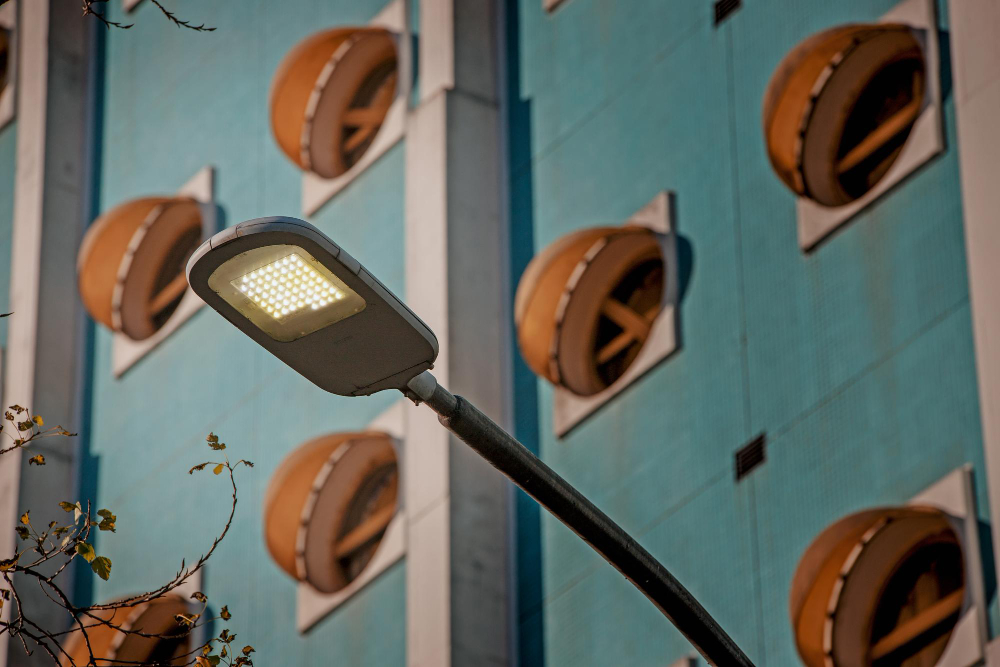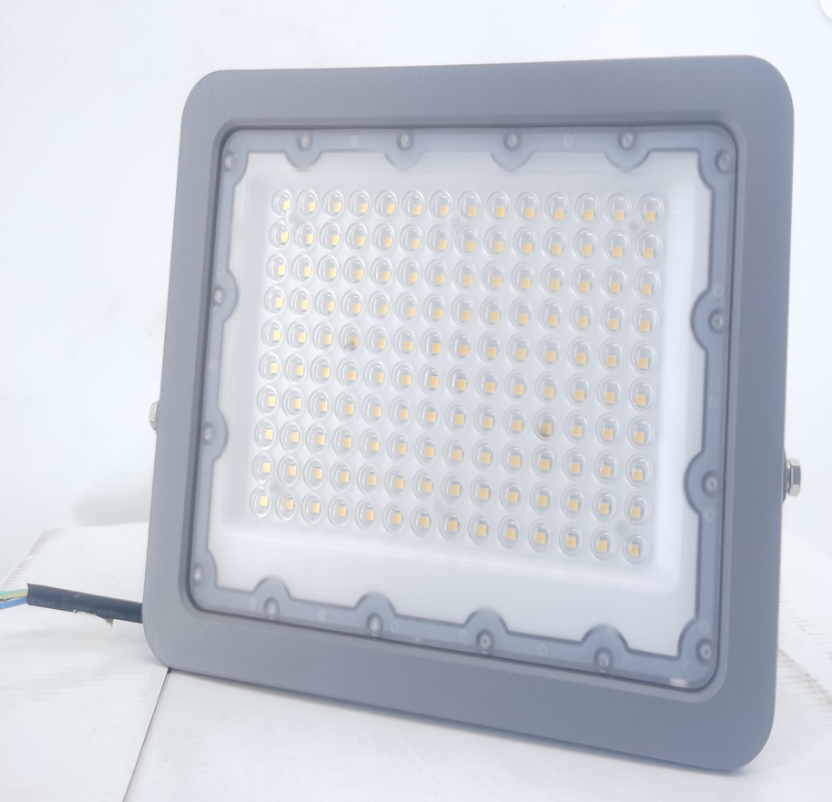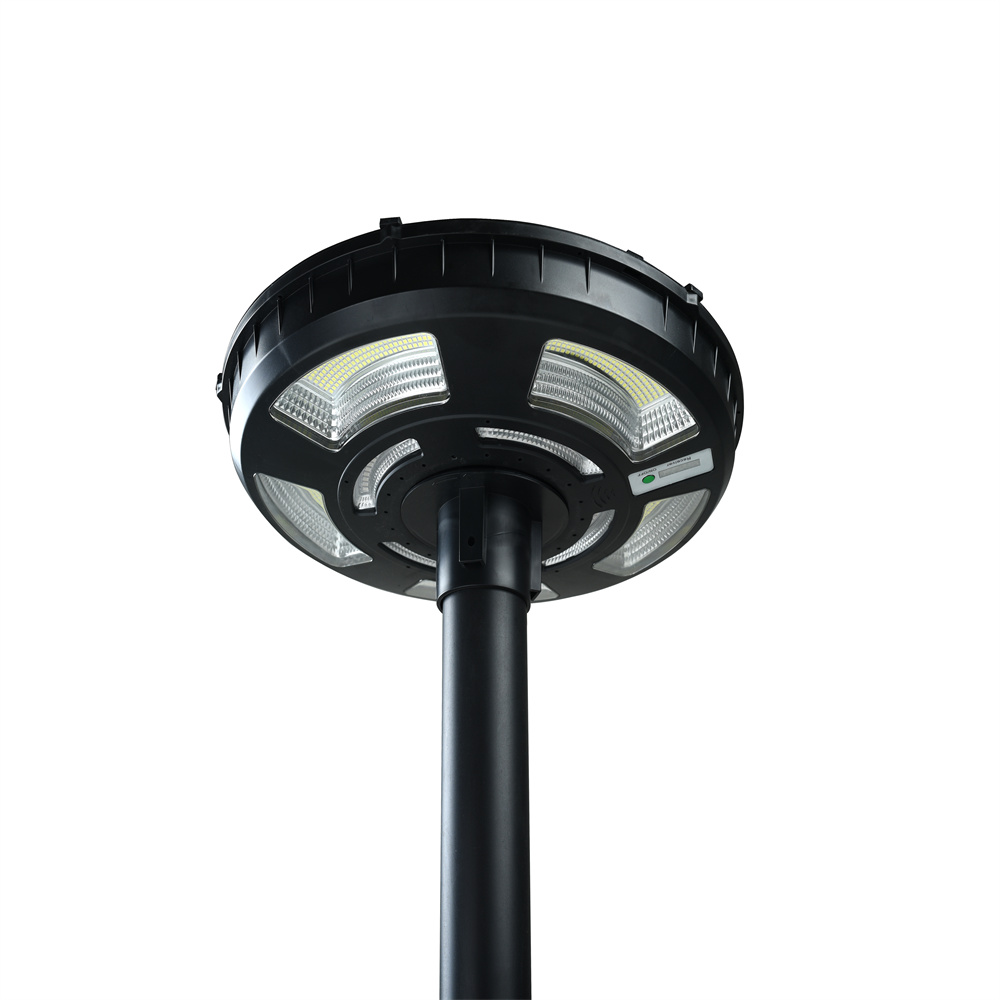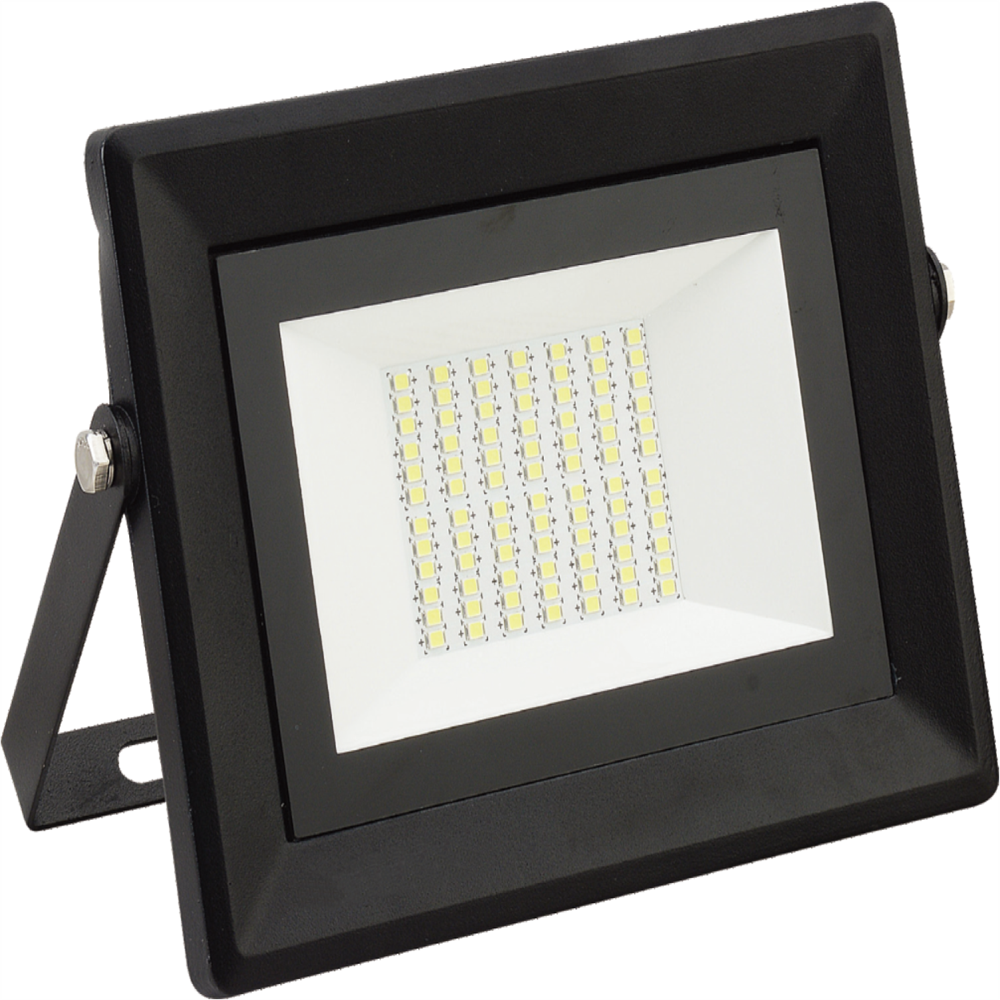Wattage and lumens are two essential terms in the realm of lighting that often cause confusion among consumers. While wattage measures the amount of power consumed by a light source, lumens gauge the brightness emitted by that source. This distinction becomes especially crucial when considering energy-efficient options like solar lighting. In this guide, we will […]
Wattage and lumens are two essential terms in the realm of lighting that often cause confusion among consumers. While wattage measures the amount of power consumed by a light source, lumens gauge the brightness emitted by that source. This distinction becomes especially crucial when considering energy-efficient options like solar lighting. In this guide, we will delve into the differences between wattage and lumens, exploring their definitions and significance in the context of solar lighting.
What is Wattage?
Wattage, measured in watts (W), represents the amount of power a light source consumes. Traditionally, consumers have relied on wattage as an indicator of brightness – the higher the wattage, the brighter the light.
What is Lumens?
Lumens, on the other hand, quantify the actual brightness emitted by a light source. It measures the total amount of visible light produced, providing a more accurate representation of a bulb’s or fixture’s illuminating capabilities. As technology evolves, the lighting industry increasingly emphasizes lumens as the preferred metric for evaluating brightness.
Why is this Important to Solar Lighting?
Understanding the distinction between wattage and lumens becomes particularly crucial in the realm of solar lighting, where energy efficiency is paramount. Solar-powered lights rely on photovoltaic cells to convert sunlight into electricity, stored in batteries for nighttime use. Given the limited capacity of solar batteries, it is essential to maximize the efficiency of the lighting system.
In solar lighting, emphasis should be placed on lumens rather than wattage. Solar lights need to provide sufficient brightness while conserving energy to extend runtime. By focusing on lumens, consumers can select solar lights that offer optimal illumination for their specific needs without unnecessarily draining the solar battery.
How Bright is 100 Lumens?
To put lumens into perspective, let’s consider a standard 100-watt incandescent bulb. This bulb typically produces around 1600 lumens, indicating a high level of brightness. In comparison, a 25-watt LED bulb can emit approximately 2200 lumens, demonstrating the enhanced efficiency of LED technology in producing more light with less power.
Light Fixture Max Wattage vs. LED Brightness
When dealing with traditional incandescent bulbs, light fixtures were often labeled with their maximum wattage capacity. However, with the shift to LED technology, the correlation between wattage and brightness is less straightforward. LED bulbs can produce the same or even greater brightness while consuming significantly fewer watts. Therefore, relying solely on the fixture’s max wattage may lead to inefficient lighting choices, especially in the context of solar lighting where energy conservation is crucial.
Low Wattage Light Bulbs and Brightness
These bulbs can deliver impressive brightness levels. For instance, a 10-watt LED bulb can emit around 800 lumens, equivalent to the light output of a traditional 60-watt incandescent bulb. This exemplifies the efficiency gains achieved through LED technology, allowing users to achieve desired illumination with lower power consumption.
Solar Lights and High Wattage illuminators
When it comes to solar lights, the focus shifts towards high-lumen, low-energy bulbs. High power bulbs may drain the solar battery quickly, limiting the duration of nighttime illumination. Therefore, solar lights often incorporate high-efficiency, low-wattage LEDs to maximize brightness while optimizing energy usage.
Low Lumen Light Bulb vs. Solar Efficiency
Selecting solar lights with low-lumen bulbs may compromise the overall brightness of the lighting system. Striking the right balance between brightness and energy efficiency is essential for maximizing the performance of solar-powered lighting solutions.
CONCLUSION
In conclusion, wattage and lumens represent distinct metrics in the world of lighting, with lumens serving as a more accurate measure of brightness. This differentiation is particularly significant in solar lighting, where energy efficiency plays a crucial role in sustained illumination. By prioritizing lumens over wattage, consumers can make informed choices when selecting solar lights, ensuring optimal brightness while maximizing the efficiency of their solar lighting systems.











